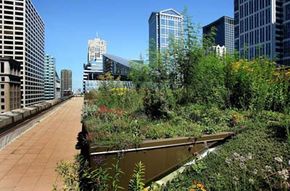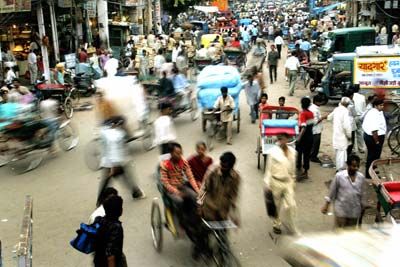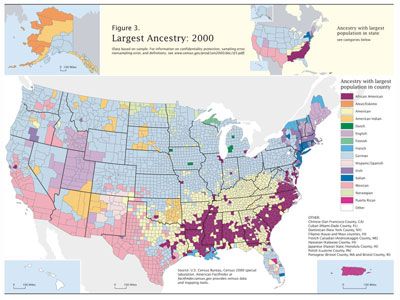If you can't take the heat, get out of the city! If you turn on the local weather report, you'll probably notice an odd trend. Temperatures are often a few degrees higher in cities than they are in their surrounding rural areas. This temperature discrepancy is the result of a bizarre phenomenon known as the urban heat island effect.
As the name implies, the effect turns cities into urban heat islands. According to the U.S. Environmental Protection Agency, temperatures in U.S. cities can get as much as 10 degrees Fahrenheit higher than their surrounding areas. Normally the temperature disparity is not quite that significant, but even a few degrees can make a huge difference. The additional demand for air conditioning in the summer leads to higher energy bills, which increases greenhouse gas emissions from power plants.
Advertisement
Perhaps the worst result of the heat island effect is the number of heat-related deaths. Although damage-causing storms get the most media attention, the National Oceanic and Atmospheric Administration reports that extreme heat kills more Americans each year than tornadoes, hurricanes, floods and lightning combined [source: NOAA]. So what creates this urban heat? And how can city planners reduce it?




